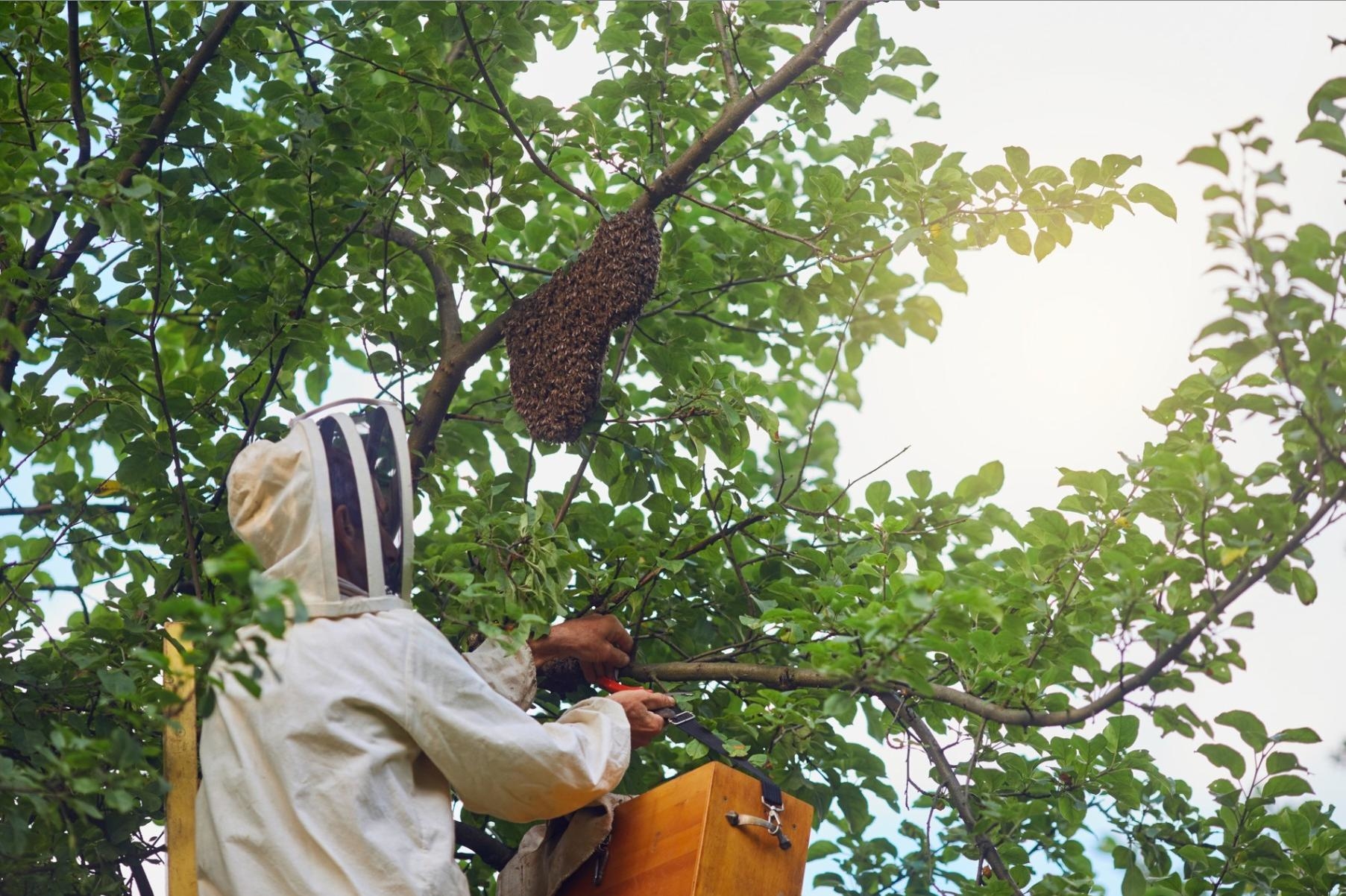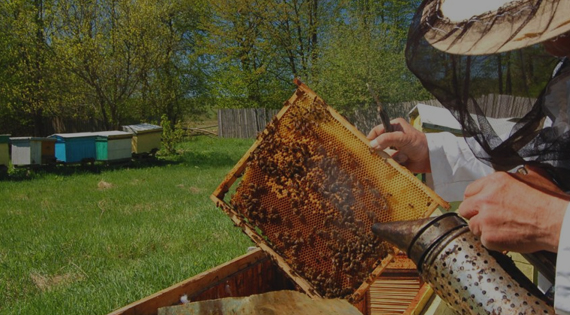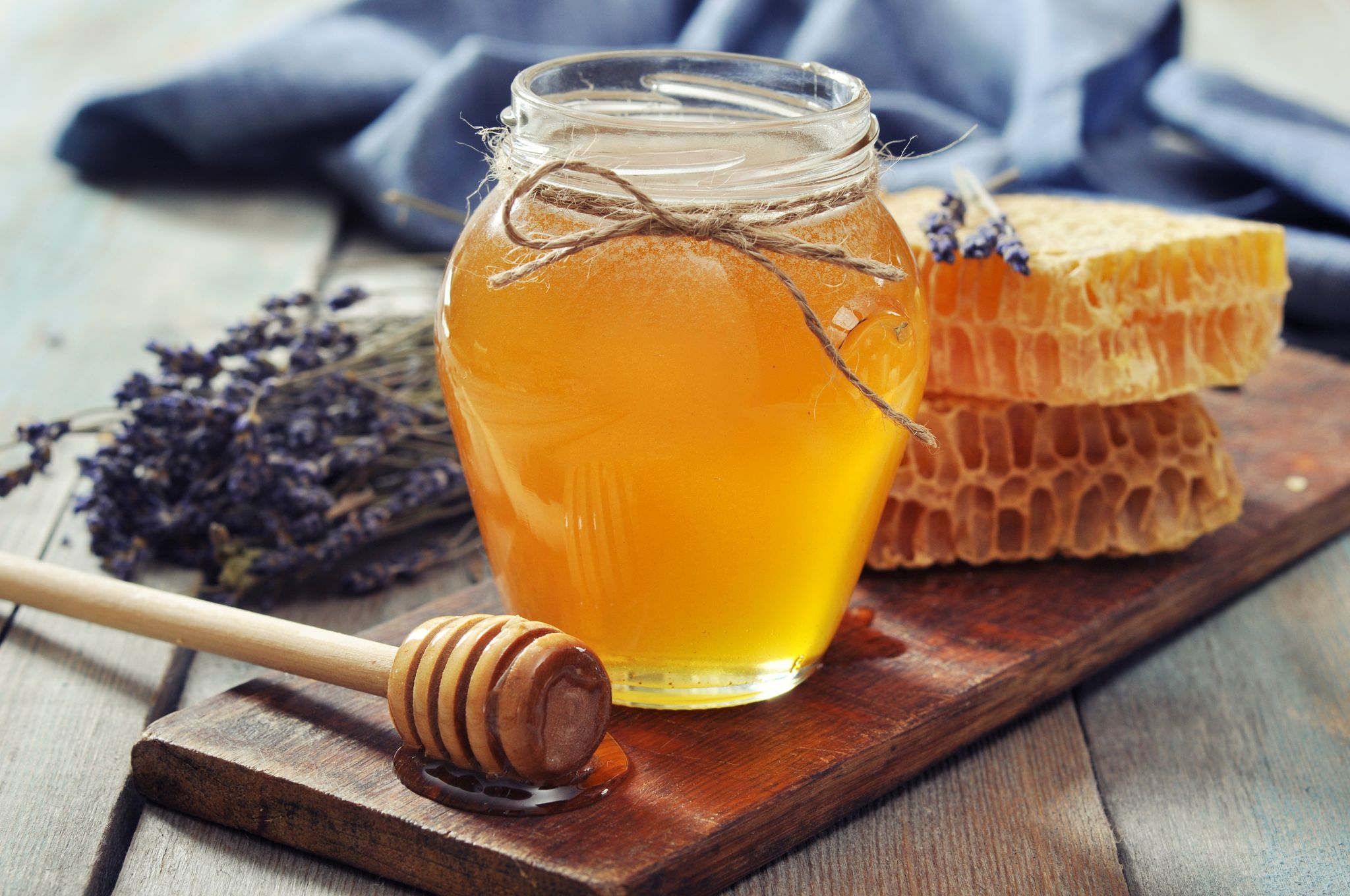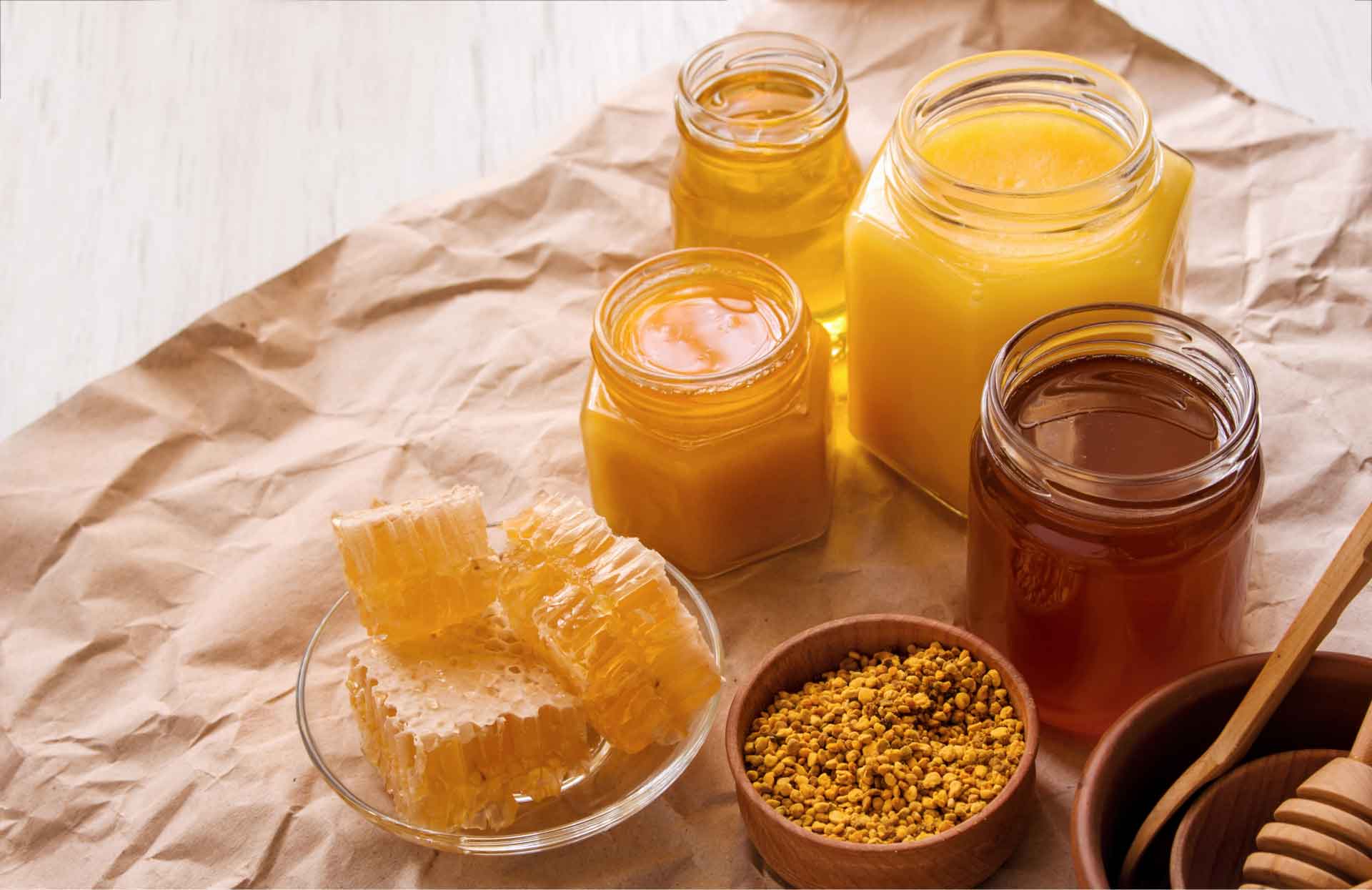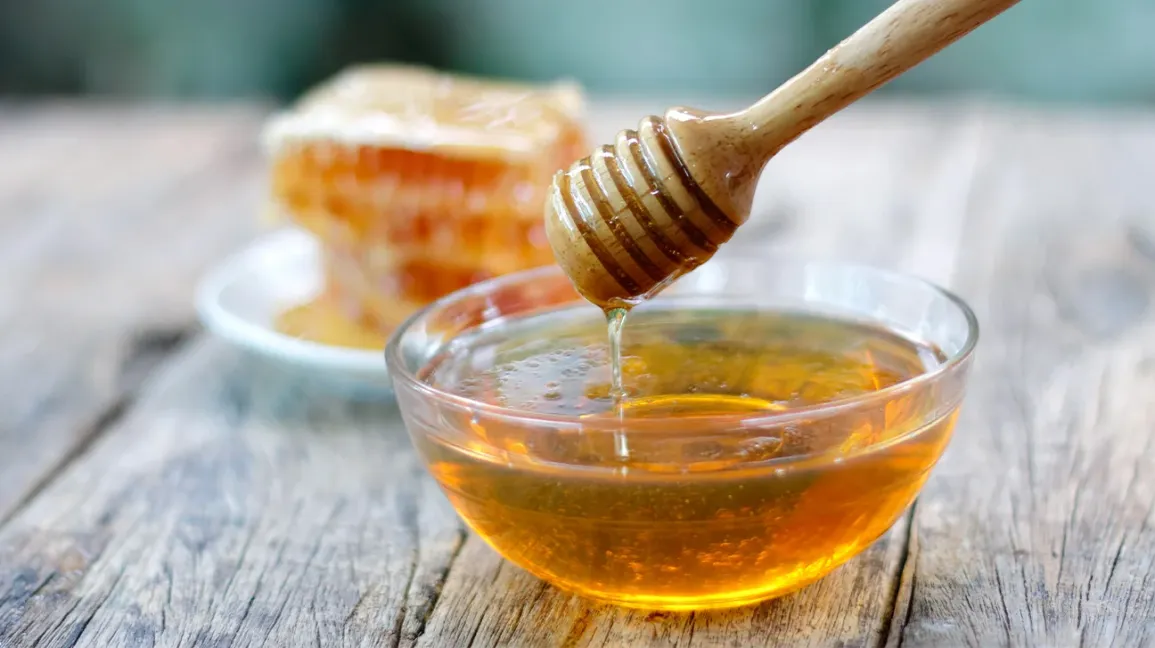Foraging for Nectar:
Honeybees are diligent foragers, seeking Manuka nectar under favorable conditions—warm temperatures with daytime highs in the 70s and nighttime lows above the mid-50s. Weather conditions play a pivotal role during the 4-6 weeks when Manuka flowers bloom each year, as adverse weather can impede the bees’ foraging activities.
Nectar Collection and Processing:
Diligent bees specifically target Manuka flower nectar for honey production, simultaneously collecting pollen as a distinct food source. Forager bees bring the gathered nectar back to the hive, passing it on to younger hive bees. This initiates a process where the nectar is transported to honeycomb cells, blending with enzymes produced by the bees. The incoming nectar, comprising around 70% water, undergoes evaporation to achieve a water content of 20% or lower, transforming it into honey. The bee enzymes break down the sucrose in the nectar into glucose and fructose.
Cell Capping and Drying Process:
The bees contribute to the drying process by energetically beating their wings over the honey cells, aided by the hive’s warm temperature (approximately 95 degrees). As moisture is extracted, the bees produce wax to cap the cells, preventing reabsorption of moisture. This meticulous capping ensures the honey remains protected from mold and fermentation.
Harvesting and Processing:
Throughout the summer, meticulous monitoring of flowering, weather conditions, and honey-making progress within the hive guides the timing of hive relocation from Manuka sites for honey harvesting. The honey boxes are transported to a processing facility, where they undergo weighing, tagging, and cataloging. The honey boxes are stored in a warm room to maintain a liquid state. The extraction process involves piercing wax seals, spinning at high speeds for honey extraction, and finally, filtering out wax impurities.


